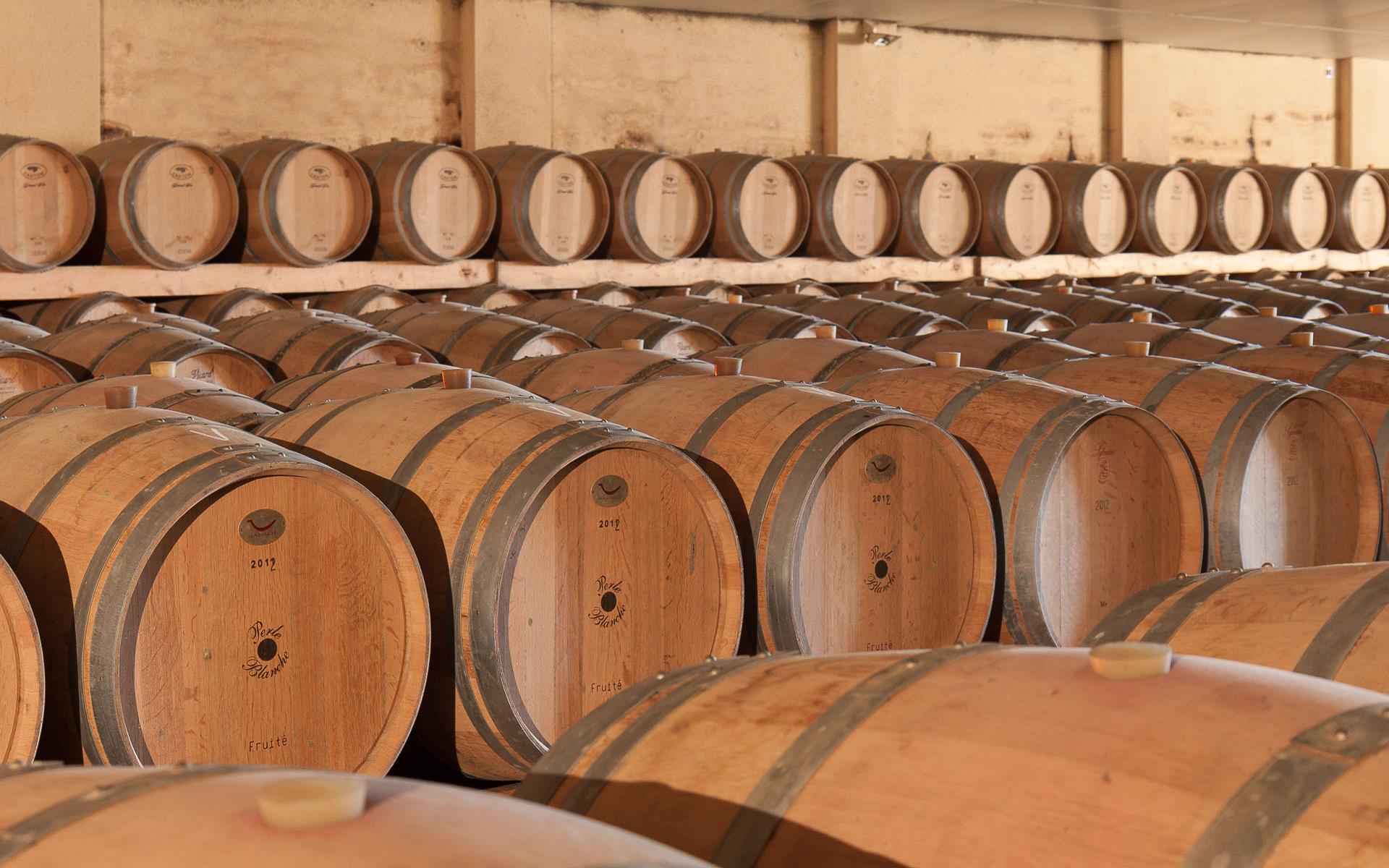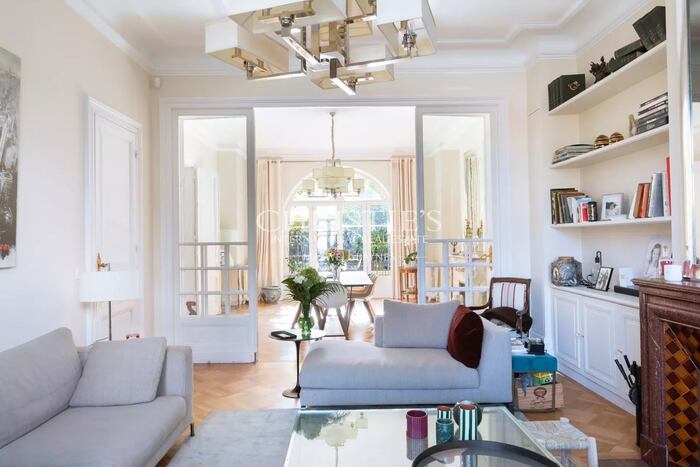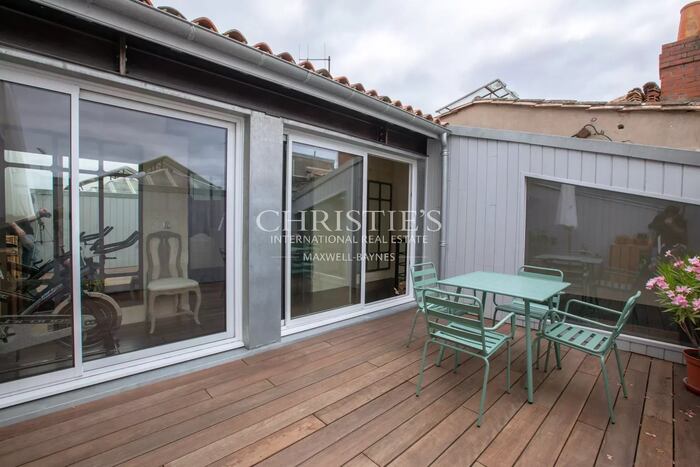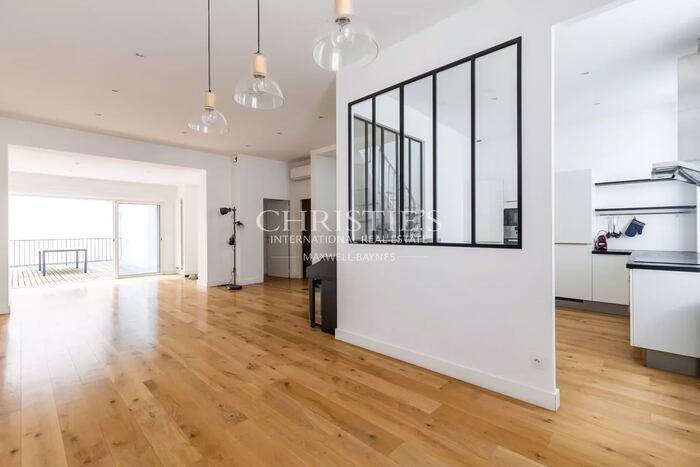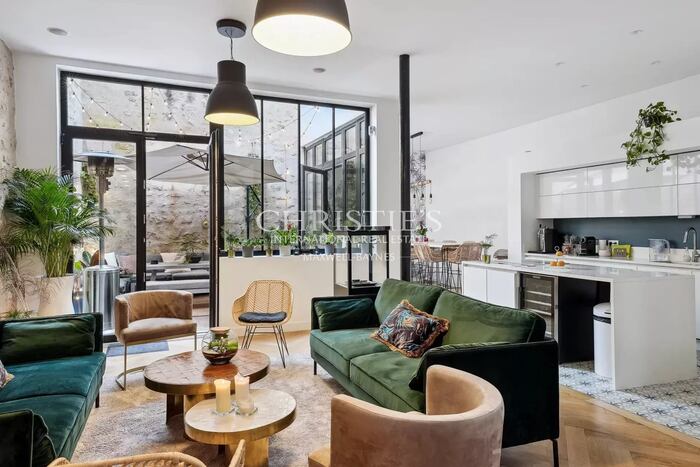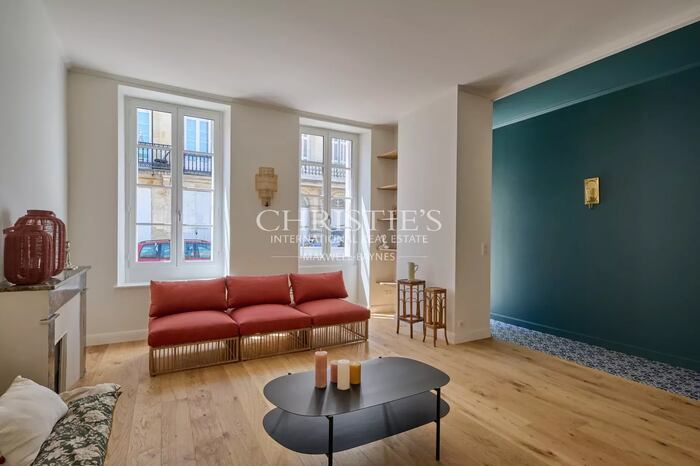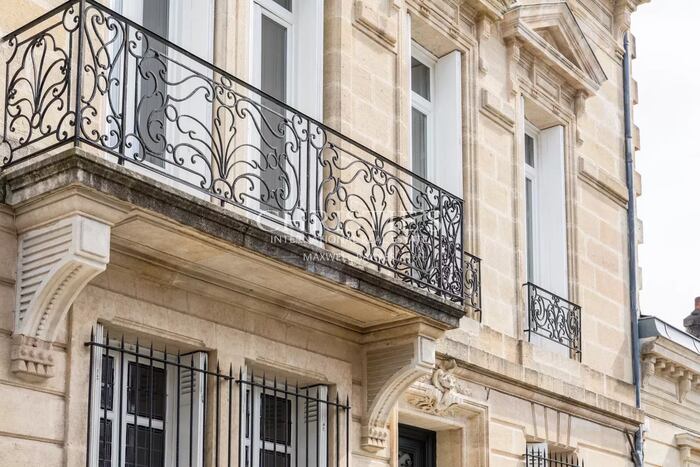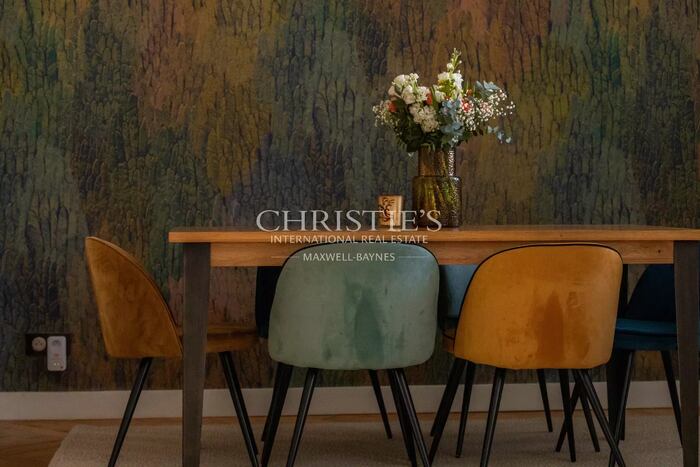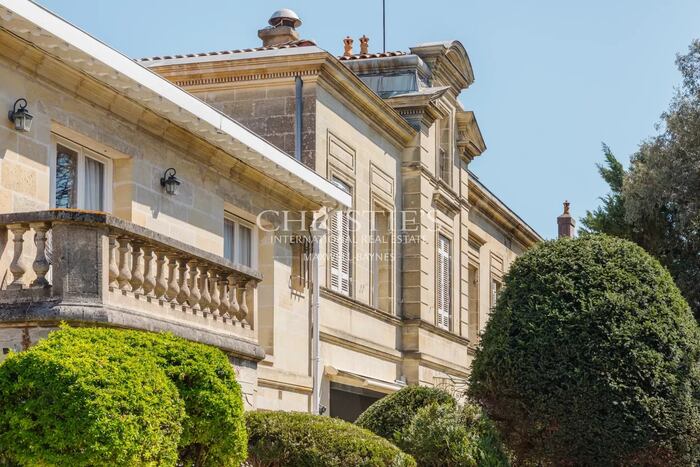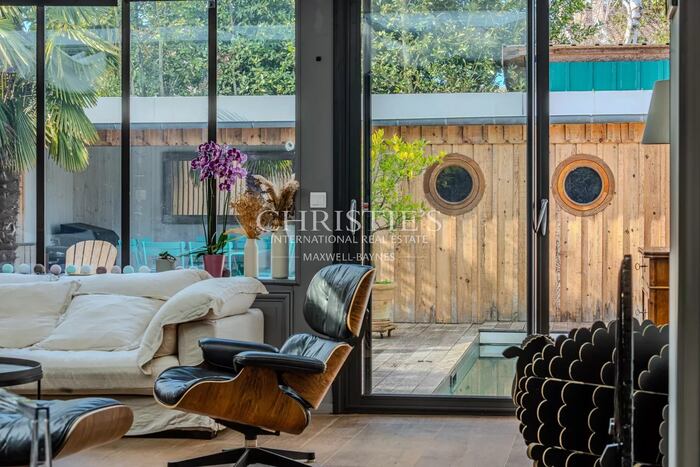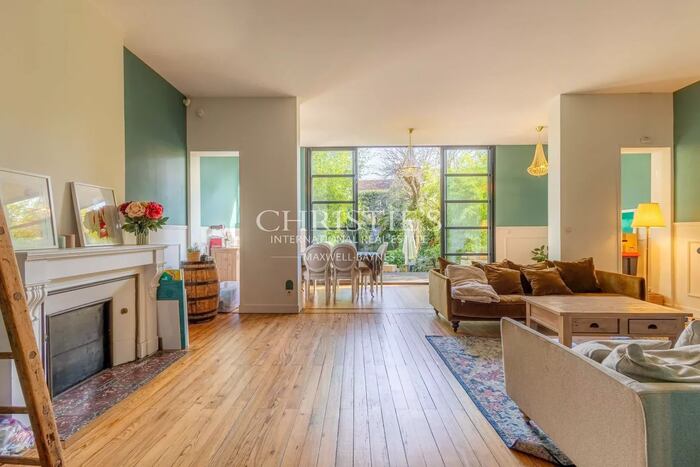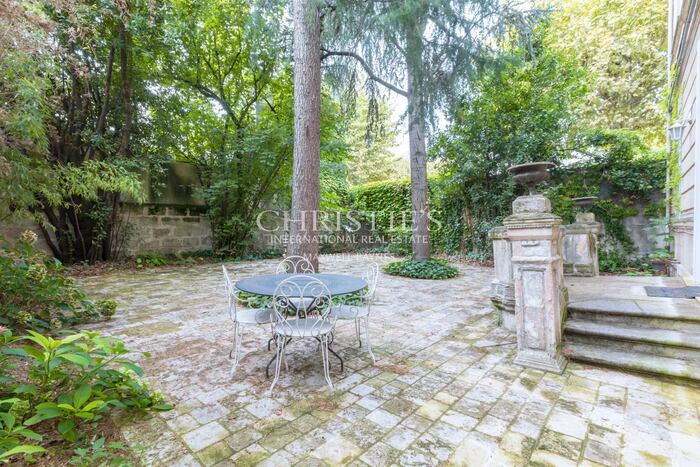Living in Bordeaux: Things to Do and See in Bordeaux, Gironde, France
Not only the world’s largest wine region, Bordeaux is considered remarkable for its theatre, music, art, food, and, of course, world-class wine. With approximately 110,000 hectares of vines, Bordeaux offers the ideal French lifestyle for those seeking wine-producing chateaux, vineyards and wineries, as well as tree-lined cobbled streets and beautiful 18th Century architecture in the city. Bordeaux also won the best gastronomic city in France (beating Lyon and Paris) and it has been consistently voted most desirable city to live in by the French and as a top international tourist destination. The name Bordeaux means edge of waters, referring to the Dordogne and Garonne rivers that converge in the Gironde estuary, as well as the Atlantic Ocean, which is just 40 kilometres to the west. The new high speed train line (LGV) makes Bordeaux more convenient than ever with Paris only 2h away—alternatively, you can take a drive to the Pyrénées in the same amount of time for a day of skiing.
Everything You Wanted to Know About Living in Bordeaux, France
Some of the world’s wealthiest individuals own some of the world’s most expensive real estate in this region, and yet it is all outside the urban area with respect to famous Bordeaux châteaux.
The city became a powerful merchant trading area in the 14th Century, centering on its strategic waterways and the natural port with its access to the Atlantic. By the 19th Century it was at its peak as a center of European trade; wine of course dominated its core export to the world, which in 1875 totaled 1.5 million hectoliters (it is 1.8 million today). The wealth generated by this era is evident as the visitor walks the streets of the grand city. Its €2 billion renovation was started by Mayor Alain Juppé in 1995 and once complete, its city center became Europe’s largest UNESCO-listed area (1,810 classified hectares). St Emilion is also a UNESCO-listed area and, in many ways it is the region's wine capital, sitting in the middle of some of the most prestigious and beautiful vineyards in the world.
The name Bordeaux suggests proximity to water, referring to the massive Garonne and Dordogne rivers that converge in the Gironde estuary, as well as the Atlantic Ocean only 40 kilometers to the west. Wine lovers and those seeking the perfect French lifestyle will continue to visit and move to this charming region for years to come.
What Is the Architecture in Bordeaux?
Architecturally, Bordeaux feels very much like Paris with “Haussmann-esque boulevards and tree-lined cobbled streets opening out into stunning café-filled squares and plazas. Indeed some of the city was inspired by designs of Haussmann, who was a resident in Bordeaux during the 1850s.
Vineyards
The first known vineyards date back 2,000 years and it was most likely the Romans who identified and exploited the natural environment and climate so well-suited to wine growing. Bordeaux is the world's largest wine region—there are approximately 110,000 hectares of vines here. Assuming a planting density of 6,000 vines per hectare (a conservative estimate—some properties will plant at 8,000 or even 10,000 vines per hectare) that makes for at least 720 million vines in Bordeaux alone, all pruned annually, each one by hand.
Bordeaux has 57 wine appellations, 10,000 wine-producing châteaux, and 13,000 grape growers. With an annual production of approximately 850 million bottles, Bordeaux produces large quantities of everyday wine as well as some of the most expensive wines in the world, that combined creates an industry of some €14.5 billion per annum.
How Many People Live in Bordeaux?
Population: 1,000,000
What Languages Are Spoken in Bordeaux?
Language: French
What is the Currency in Bordeaux?
Currency: Euro
